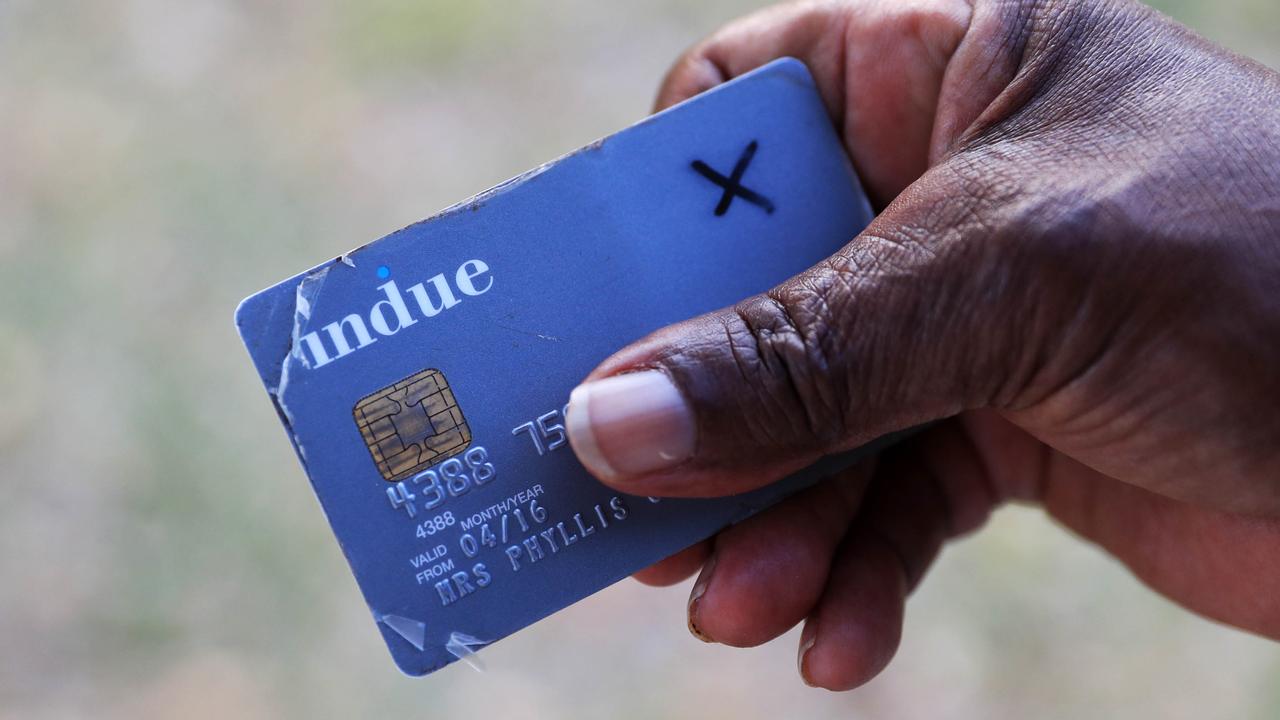Gap closed: May makes mark as first to 100
The party thrown for May Smiler this week, after turning 100, marked a significant milestone for the Aboriginal community.

IT’S the sort of birthday never before celebrated in Queensland.
The party thrown for May Smiler this week, after turning 100, marked a milestone as significant for the broader Aboriginal community as it was for the traditional Kokoberra elder, raised in the early mission days on Cape York. The sprightly woman — a matriarch of a family that includes a mayor and six great-great-grandchildren — is the first Queensland Aboriginal person, and among only a handful of indigenous Australians, to be officially recognised as a centenarian.
With indigenous life expectancy about a decade lower than the rest of the population, and unreliable or non-existent records for indigenous people born at the beginning of the last century, very few have reached or been able to prove they are 100 years old.
Mrs Smiler was no different. She did not have a birth certificate until this week when it was presented to her by state indigenous Affairs Minister Glen Elmes after an exhaustive departmental investigation matching letters and various family and community documents.
“It was only through great detective work from the Communities and Personal Histories team which was able to secure it (the birth certificate) for her,’’ Mr Elmes said. “They compared various family and community documents, which referred to Mrs Smiler, and were able to establish she was born at Waterloo Station to a 15 year-old girl.”
Mrs Smiler, a lucid woman of few words, told The Weekend Australian she had lived so long because of clean living and being occupied; first as a domestic for the Anglican missionaries who educated her, and then in raising her family.
“I don’t drink or smoke, didn’t like it,’’ she said. “I cleaned and cooked for the missionary, they were good people, (but) didn’t work too hard.’’
Born to a station domestic and unknown father in central Cape York on May 10, 1914, Mrs Smiler was taken from her mother as a baby. She was first sent to the nearby Trubanamen Mission, and then in 1916 to the newly opened Mitchell River Mission, now the site of the 1000-strong indigenous community of Kowanyama, just inland from the Gulf of Carpentaria, where she has lived ever since.
After marrying Smiler Mission, who became the maintenance foreman at Kowanyama, the couple lived for years in a “big house’’ — with a dirt floor — and had two children, Hazel, now 66, and Leslie, 64, as well as raising several other children from their extended families.
Among them was Lockhardt River Mayor Wayne Butcher, regarded as a rising indigenous leader with the ear of the Newman government. “She is a great woman, had us up and ready for school in the morning and always with food on the table,’’ he said.



